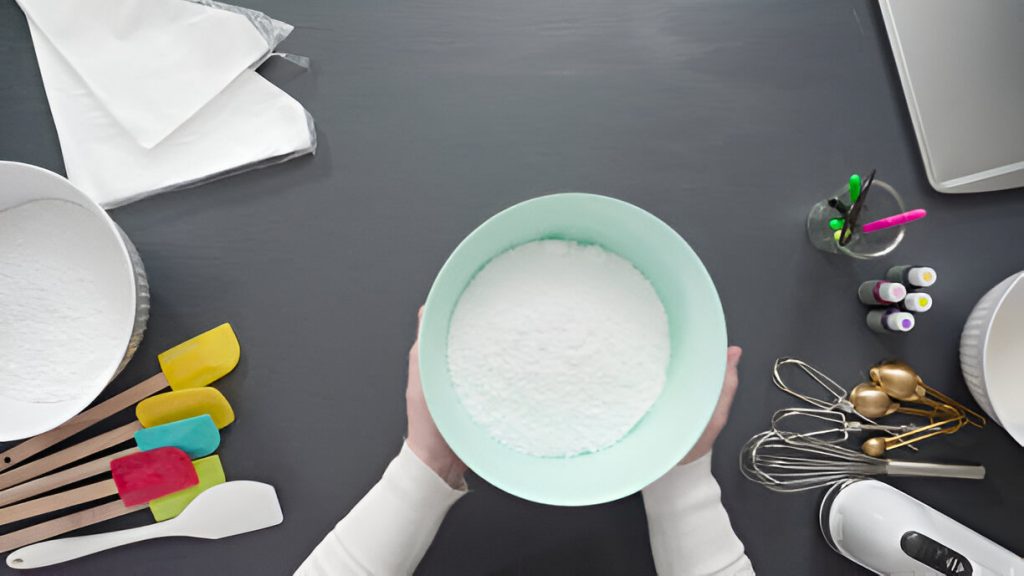To keep your coffee beans fresh, use airtight containers such as Mason jars or coffee canisters. These block out oxygen, light, heat, and moisture. Opt for opaque containers to prevent light exposure. Store in a cool place away from heat sources, ensuring proper humidity levels. Rotate beans to use older ones first and maintain freshness. Quality control is key for consistently delicious brews. Choose whole beans over pre-ground for better flavor retention. Understanding roasts and origins enhances your coffee experience. Stay tuned for more tips on buying, roasting, and storing coffee for that perfect cup of joe.
Airtight Containers for Coffee Storage
When storing your precious coffee beans to maintain their freshness and flavor, investing in airtight containers is paramount. There are various container types to choose from, such as mason jars, coffee canisters, or specialized storage canisters like Airscape and Fellow Atmos. These containers help in preserving the quality of your coffee beans by keeping them away from oxygen, light, heat, and moisture. Consider vacuum sealing your containers for an added layer of protection against these elements. Silicone lids can also be an excellent option for creating a tight seal to ensure your beans stay fresh longer. Opt for opaque containers over clear ones, as they prevent light from affecting the taste of your coffee. By storing your beans in airtight containers at room temperature in a dark, cool location, you can extend the shelf life of your coffee and enjoy a consistently flavorful brew.
Ideal Storage Conditions for Freshness
For optimal freshness and flavor retention, maintaining ideal storage conditions for your coffee beans is essential. Proper storage helps combat factors like oxygen, light, heat, and moisture that can affect the quality and taste of your coffee. Here are key factors to consider for preserving your coffee beans:
| Factors | Importance | Tips |
|---|---|---|
| Temperature Control | Critical | Store beans in a cool environment away from heat sources. |
| Light Exposure | Significant | Keep beans away from direct light to prevent oil breakdown. |
| Humidity Levels | Important | Maintain proper humidity levels to prevent beans from expanding. |
| Roasting Effects | Essential | Freshly roasted beans are crucial for optimal flavor; check roasting dates. |
| Shelf Life | Vital | Consume coffee within 4 weeks of the roast date for best taste. |
Monitoring and Replacing Coffee Beans
To maintain the exquisite taste and aroma of your coffee, vigilant monitoring and timely replacement of your coffee beans are essential practices. Bean rotation is key to ensuring that older beans are used first, maintaining freshness. Quality control plays a crucial role in guaranteeing that only the best beans are brewed. Regularly assess the freshness of your beans to prevent a decline in flavor. When the beans start losing their aroma and taste, it’s time for optimal replacement to uphold the quality of your coffee. Remember, maintaining flavor is a continuous process that requires attention to detail. By monitoring and replacing your coffee beans diligently, you can enjoy consistently delicious brews. Stay committed to flavor maintenance by being proactive in your freshness assessment. Your dedication to these practices will result in a rewarding coffee experience every time you brew a cup.
Ground Vs. Whole Bean Freshness
Maintaining the peak flavor of your coffee beans hinges on understanding the distinct freshness factors between ground and whole beans. When it comes to brewing methods, whole beans offer more flexibility as you can adjust the grind size to suit different techniques, while pre-ground coffee limits your control over extraction. Coffee origins play a significant role in flavor profiles, and whole beans preserve these nuances better than pre-ground, which can lose some of these delicate notes during processing. Grinding techniques also impact freshness, with whole beans retaining their flavors longer due to reduced surface area exposure compared to ground coffee. Additionally, the diverse range of coffee bean varieties shines through more vividly in whole beans, allowing you to explore the unique characteristics of each origin. To savor the full spectrum of flavors and aromas in your coffee, opt for whole beans and grind them just before brewing for a truly fresh and vibrant cup.
Importance of Freshly Roasted Beans
Ensuring the peak freshness of your coffee starts with sourcing freshly roasted beans. The magic of a perfect cup lies in the hands of the roaster. Roasting techniques influence the flavor profiles of your beans, enhancing their unique characteristics. Light roasts exhibit higher acidity and floral notes, while dark roasts boast bold flavors with low acidity. Understanding different roasts allows you to tailor your coffee experience to your preferences. Delve into the world of coffee origins and bean varieties to uncover a spectrum of flavors waiting to be explored. Whether you prefer a fruity Ethiopian Yirgacheffe or a rich Colombian Supremo, the journey through coffee origins and bean varieties is a delightful adventure. Experiment with various brewing methods to unlock the full potential of your freshly roasted beans. Embrace the art of coffee-making by starting with the foundation – freshly roasted beans – to savor every sip of your favorite brew.
Signs of Expired Coffee Beans
For coffee enthusiasts seeking to savor the finest flavors, recognizing the telltale signs of expired coffee beans is essential. When your coffee beans have passed their prime, brewing methods won’t be able to salvage the flavor. Stale beans can result in lackluster coffee recipes, regardless of the coffee bean origins. One of the primary indicators of expired coffee beans is the degradation in taste quality – a flat or bland flavor is a clear sign that it’s time to replace them. Whether you prefer light, medium, or dark roast coffee bean types, expired beans will not deliver the desired taste. Additionally, when grinding your beans, if you notice a lack of freshness in the aroma, it’s a strong indication that the beans have gone stale. To ensure a delightful coffee experience, always prioritize using fresh coffee beans to unlock the full potential of your brewing methods and coffee recipes.
Buying and Roasting Tips
To achieve the most exquisite coffee experience, prioritize selecting freshly roasted beans with clear roasting dates. When buying coffee beans, consider the variety, roasting profile, and origin to enhance your brewing techniques and appreciate diverse tasting notes. Here is a breakdown to guide your coffee bean selection:
| Coffee Bean Varieties | Coffee Roasting Profiles |
|---|---|
| Arabica | Light Roast |
| Robusta | Medium Roast |
| Ethiopian | Dark Roast |
| Colombian | French Roast |
| Sumatran | Espresso Roast |
Exploring these aspects can lead to unique flavors and aromas in your coffee. Understanding the origins and roasting profiles of beans can elevate your coffee experience, allowing you to savor the nuances of each cup. Make informed choices when purchasing beans to unlock a world of coffee possibilities.
Additional Storage Recommendations
Invest in quality coffee bean canisters like Airscape or Fellow Atmos to enhance the freshness and flavor of your beloved beans. These canisters are designed to keep your coffee beans in optimal condition by removing excess air and maintaining freshness. When it comes to long term freshness, there are misconceptions about freezing coffee beans. Freezing can actually be a suitable option for extended storage, but ensure you use truly airtight containers to prevent moisture and odors from affecting the beans. Expert storage advice suggests that bulk storage solutions can be effective if done correctly. Many roasters offer larger bags, and you can maintain freshness by dispensing what you need into air-removing vessels. Canisters provide additional benefits by preserving the quality and flavor of your coffee beans for an extended period. By following these recommendations, you can ensure that your coffee beans stay fresh and flavorful for longer periods.




